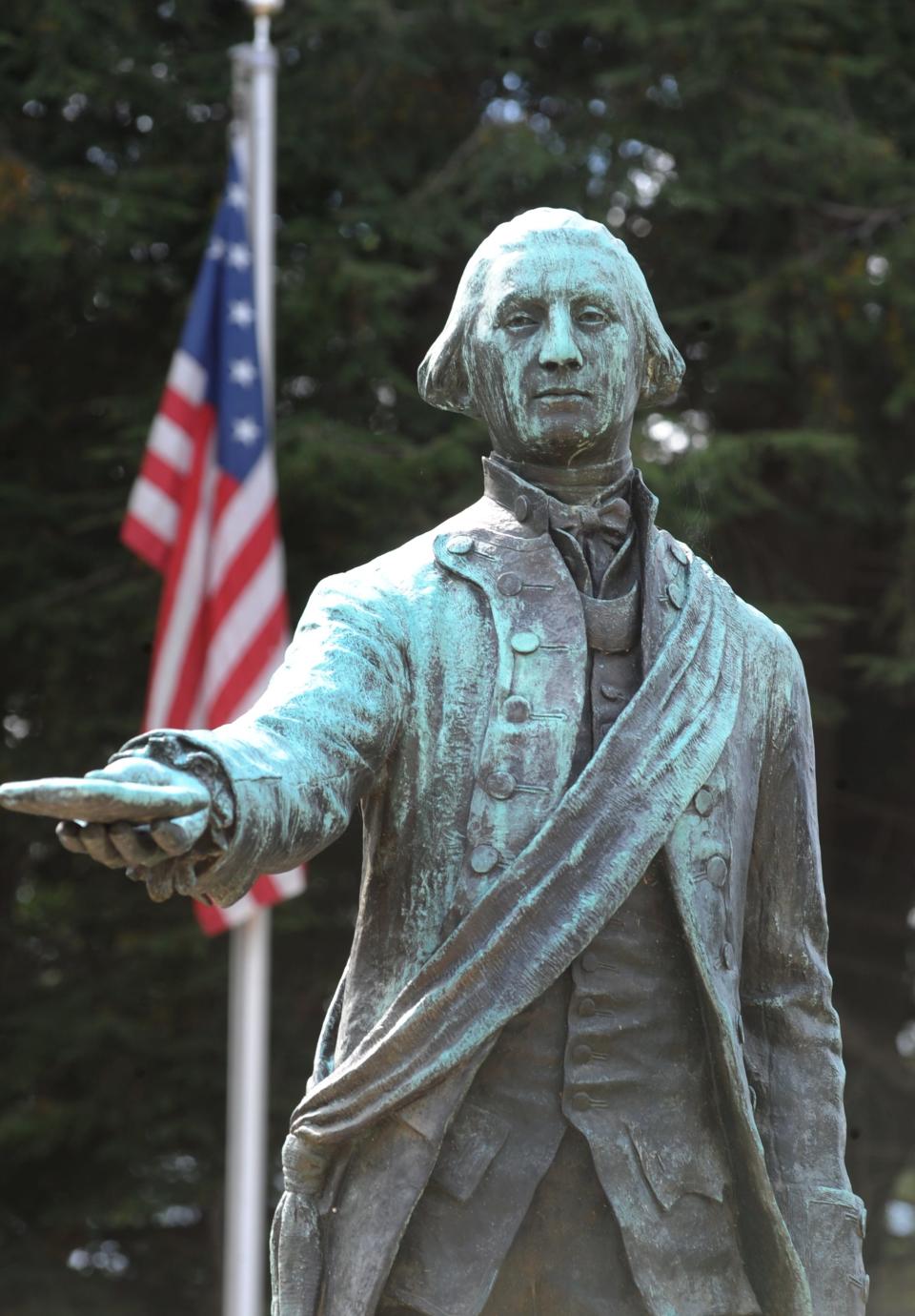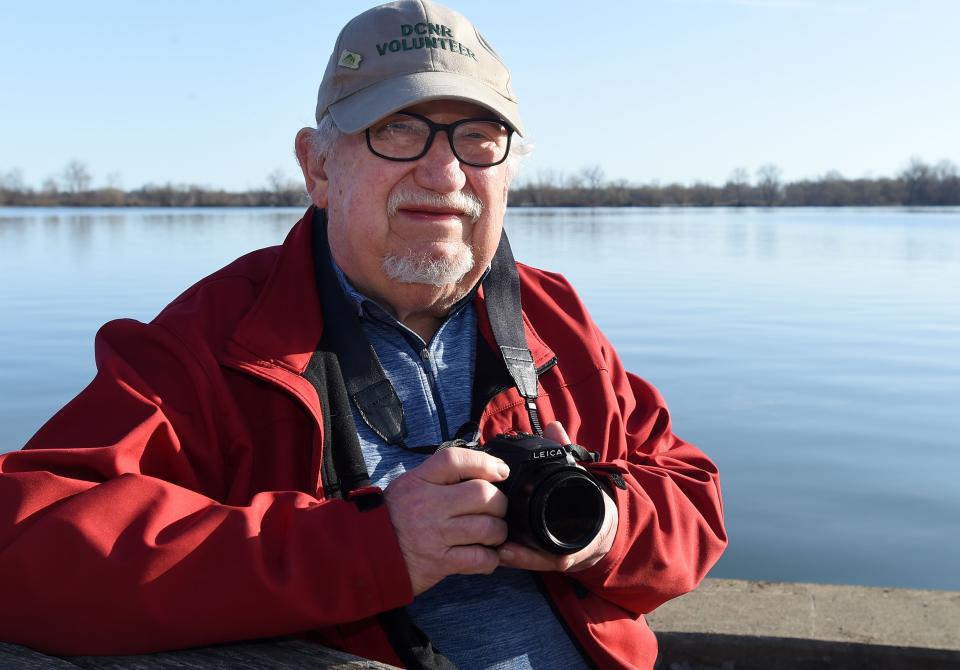When Pittsburg had no 'h': George Washington's 1753 mission to western Pennsylvania
- Oops!Something went wrong.Please try again later.
- Oops!Something went wrong.Please try again later.
Back in the mid-1700s, the English were penetrating the wilderness by traveling with pack horses through the steep eastern mountains. The French, in the meantime, could explore by canoe. They would use the St. Lawrence River and the Great Lakes as a more accessible and quicker path to a set of forts they built.
While the French had somewhat of an advantage, they also faced problems. During the winters, the St. Lawrence River and the Great Lakes were frozen and not likely to allow safe passage on the ice, so supplying the forts was a near-impossible task. The French built four forts in western Pennsylvania: Erie, Waterford, Venango and Pittsburg (when it was spelled without the h).
Erie's earliest days: The building of the French fort at the harbor
For several years, English traders had been reporting about the wealth of the lands from Pittsburg to Lake Erie. Through communication with Native American tribes, they found that the French had established four forts in the area and staffed them with troops from Montreal. These reports became known to everyone in Virginia. They formed the Ohio Company to explore and develop this area for the British. This included a few leading businessmen, such as Augustus and Lawrence Washington, half-brothers of George Washington. The group decided to send a letter to the French commander ordering him to abandon the forts immediately.

Augustus Washington suggested the governor send his brother, George, to the French forts. After all, he said, "He is a bright young man, is a surveyor, and can handle a compass."
Waterford: It's George Washington's statue's 100th birthday
Five weeks later, in a typical December storm, the five-man French garrison at Venango saw a file of travelers approaching. They stayed two days to keep out of the weather. One of the Native Americans with his party was Tanacharison. The English referred to him as the Half King of the Iroquois Nation. The French commander of the Pittsburg garrison agreed to send an escort with Washington and his party to Fort LeBoeuf, in today's Waterford, to meet his commanding officer, Legardeur de Saint-Pierre. The party arrived at Fort LeBoeuf just before sunset on Dec. 11, 1753. It had taken them four days to go just 54 miles due to the weather, many swamps and thick woodlands.
Washington and his party were the guests of the French commander for five days. While there, Washington was sketching and imparting to memory the fort's details. The French liked Washington, and in a return letter after reading the governor's letter, they told the governor that. The French sent back a letter that they were there at the forts and expected to continue to be there at the order of the king of France. They also told the Virginia governor that this also applied to forts at Presque Isle, Venango and Pittsburg.
2018: Honoring Washington's stop at Fort LeBoeuf 265 years later
Washington and his party set out on the return journey on Dec. 16 and could travel as far as Venango by boat, as French Creek was at a high level and open of ice, and the return journey would be much easier. This was only possible because the French commanding officer supplied them with an entire boatload of provisions. In this assignment, Washington showed all the virtues that would continue to mark him as a leader. Although he was only 21, he was a leader. He conducted his mission successfully in French territory under great danger during dreadful winter weather in almost impassable conditions.
Twenty-two years later, the nation called him to lead its army in the war for American independence.
Gene Ware is the author of 10 books. He serves on the board of the Presque Isle Light Station and is past chairman of the boards of the Tom Ridge Center Foundation and the Presque Isle Partnership. Email him at ware906@gmail.com.

This article originally appeared on Erie Times-News: George Washington's 1753 mission to the Erie area

